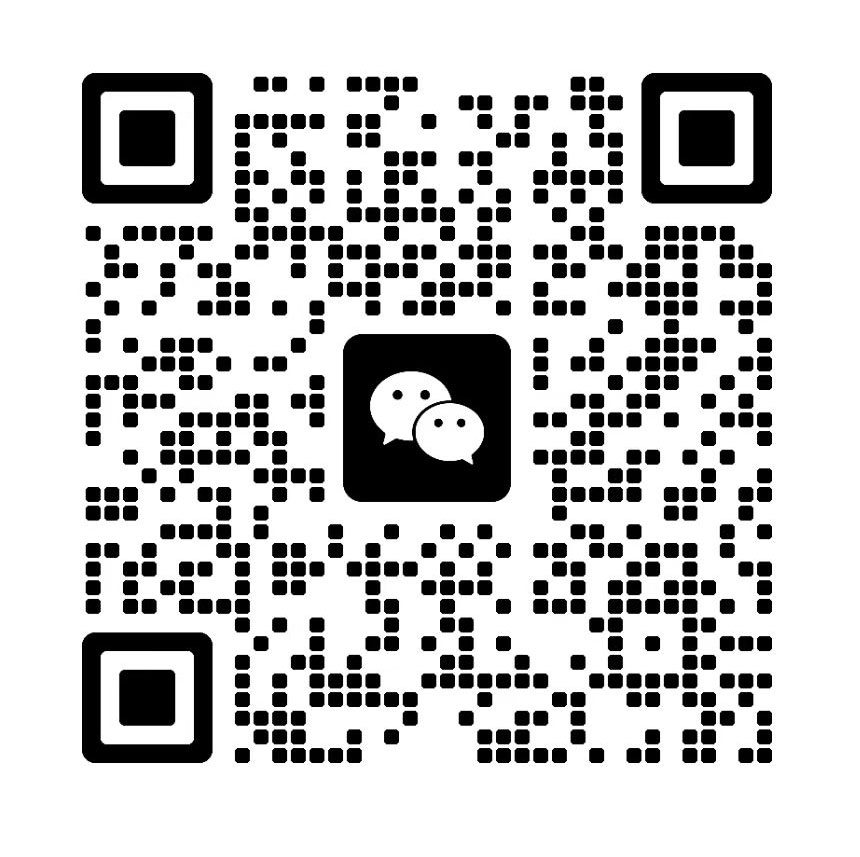Introduction
If you are an iOS app developer, you probably know that one of the most important steps in the app development process is the signing of your app. The iOS signing process involves adding a digital signature to your app, ensuring that it is authentic and can be trusted by Apple devices. In this article, we will discuss the essentials of iOS signing and how you can securely sign your apps for Apple devices.
Understanding iOS Signingios企业签名闪退怎么解决
At its core, iOS signing is a process of adding a digital signature to your app. This signature acts as a stamp of approval, indicating that the app has been verified and can be trusted. When you upload your app to the App Store, Apple verifies that the app has been signed with a valid certificate, and that the certificate belongs to a registered Apple developer.
The iOS signing process is critical to the security of Apple devices. By ensuring that all apps are signed with a valid certificate, Apple can verify that apps have not been tampered with or modified in any way. This helps to prevent the distribution of malicious apps that could potentially harm users or compromise their data.
The Types of iOS Signing
There are several types of iOS signing. The most common types are standard signing, enterprise signing, and ad hoc signing.
Standard Signing: This is the most common type of iOS signing. Apps that are distributed through the App Store must be signed with a standard signing certificate. This certificate verifies that the app has been created by a registered Apple developer, and that the app has not been tampered with or modified in any way.
Enterprise Signing: Enterprise signing is used for apps that are distributed within an organization, rather than through the App Store. This type of signing allows organizations to distribute apps to their employees without having to go through the App Store review process.
Ad Hoc Signing: Ad hoc signing is used for testing purposes. It allows developers to distribute apps to a limited number of devices for testing purposes. Ad hoc signed apps are not meant for distribution to the public.苹果企业签名下载
The Process of iOS Signing
The process of signing your app for iOS can be a bit complex, but it is essential to ensure that your app can be trusted by Apple devices. The steps involved in iOS signing include:
Generating a Certificate Signing Request (CSR): The first step in the iOS signing process is to generate a Certificate Signing Request (CSR). This request is used to generate a certificate that will be used to sign your app.
Creating a Certificate: Once you have generated a CSR, you can use it to create a signing certificate. This certificate verifies that you are a registered Apple developer, and that your app can be trusted.
Creating a Provisioning Profile: A provisioning profile is used to specify the devices and app IDs that your app is allowed to run on. This profile is created using the signing certificate that you have generated.
Signing Your App: Once you have generated a signing certificate and a provisioning profile, you can use these to sign your app. This process involves adding a digital signature to your app, ensuring that it can be trusted by Apple devices.
Best Practices for iOS Signing
To ensure that your app is securely signed for iOS, it is essential to follow best practices for iOS signing. Some of the best practices that you should follow when signing your app include:
Use Two-Factor Authentication: Enabling two-factor authentication for your Apple developer account can help protect you from unauthorized access. With two-factor authentication enabled, you will need to enter a code in addition to your password to access your account.
Use Strong Passwords: Using strong passwords for your Apple developer account, certificates, and provisioning profiles can help protect them from unauthorized access.
Limit Access to Your Signing Certificates: It is important to limit access to your signing certificates to only those who need themios企业证书安装. This can help prevent unauthorized use or distribution of your certificates.
Regularly Renew Your Certificates: It is recommended that you regularly renew your signing certificates and provisioning profiles to ensure that they are up-to-date and can be trusted by Apple devices.
Conclusion
iOS signing is an essential step in the app development process for Apple devices. By ensuring that your app is securely signed with a valid certificate, you can help to protect your users and their data from malicious attacks. Whether you are signing your app for distribution through the App Store, within your organization, or for testing purposes, it is essential to follow best practices for iOS signing to ensure that your app can be trusted by Apple devices.

